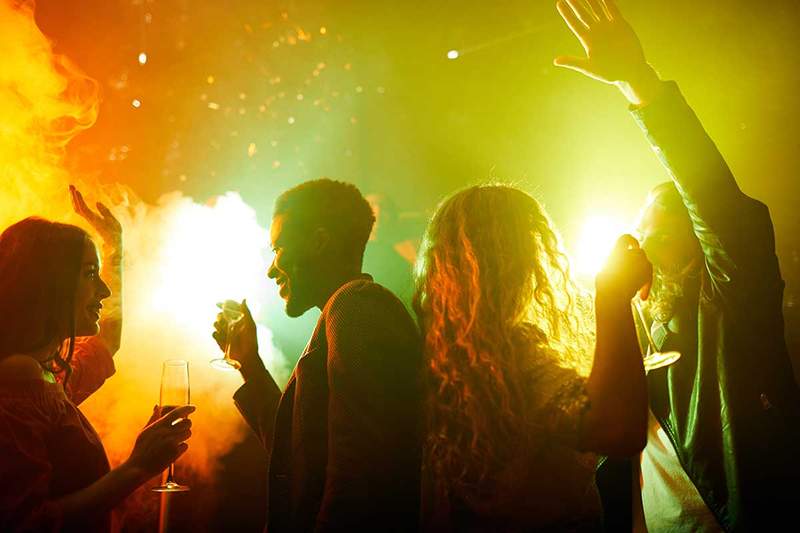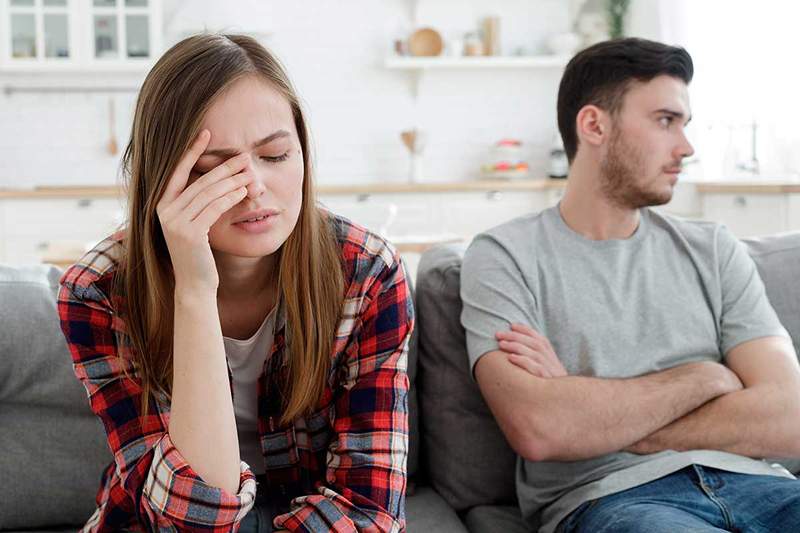GHB, the club's drug

- 3085
- 412
- Lorenzo West I
Hydroxibutirate gamma (GHB) is a natural chemical found in brain cells.
Content
Toggle- GHB as synthetic drug
- GHB effects
- How GHB works
- Physical dependence
- Dangers of overdose and mixing with other substances
- Bibliographic references
GHB as synthetic drug
It was first synthesized in the laboratory in the 1960s by a French chemist in search of sleeping help. It was used during the sixties as sedative and anesthetic in the treatment of sleep disorders, anxiety, fibromyalgia, narcolepsy, lack of libido and as a help to childbirth. But it was removed shortly after the pharmaceutical market due to its low analgesic effect and its high epileptogenic capacity.
GHB is also used as Recreation drug Like alcohol. Usually, it is presented as a liquid or a salt or dust that mixes with water for recreational use. This mixture is colorless and odorless, although it gives it a different salty flavor.
GHB effects
Hydroxibutirate GHB or Gamma (C4 H8 O3) is a Central Nervous System Depressor (SNC) which is commonly known as a "club drug" or drug of "rape". The reason is that the GHB is usually consumed in bars, parties and discos by young people and adolescents, and is often placed in drinks, sometimes from another person without being known, to provoke in it a state of lethargy and loss of Consciousness.
Most users explain that GHB induces a pleasant state of relaxation and tranquility. The most frequent effects are placidity, sensuality, increased sexual desire, mild euphoria and sociability. Anxieties and inhibitions tend to dissolve in a feeling of emotional warmth, well -being and pleasant drowsiness. The next day the effects of GHB usually lack unpleasant or weakening characteristics such as alcohol and other relaxing drugs. In fact, many users say they feel above all refreshed or even energized. However, there are some who have described feel:
- Mentally diffuse
- Trembling
- Cold
- Lethargic
The effects of GHB can usually be felt after five to twenty minutes after ingestion. They do not usually last more than an hour and a half to three hours.
When mixed GHB with alcohol, a cross reaction is generated that can cause a total loss of knowledge. Hence consumers take non -alcoholic beverages and do so in low doses, since their effects due to concentration have a very small control margin.
GHB effects are very dose -dependent. Small increases in the amount ingested give rise to a significant intensification of the effects. The highest levels produce dizziness, clumsiness, interference with mobility and verbal incoherence. At higher doses they usually induce sleep.
The negative effects of GHB They can include sweating, loss of consciousness, nausea, hallucinations, amnesia and coma, among others.
 Failure in love, what happens to me?
Failure in love, what happens to me? How GHB works
The GHB works in the dopaminergic system, avoiding the release of dopamine in synapses and at the same time causing neurons to produce more dopamine. When GHB fades, a rebound effect occurs. This is basically a strong increase in dopamine levels that have been accumulated and are now released in the nervous system. This effect could be responsible for the general feelings of greater well -being, the state of alert and the excitation the next day.
GHB also affects the serotonin system, increasing the level of serotonin of the body, creating feelings of well -being and euphoria. These effects are not as important in the body as the dopaminergic effects.
A few hours, GHB is metabolized in oxygen (O2) and carbon dioxide (CO2), And then it is excreted through breathing, urine and sweat. Unlike most other drugs, GHB is not a strange substance for our body, so it recognizes and uses it, does not damage the liver or kidneys, and it is not neurotoxic.
GBL or Butirolactona, a dangerous synthetic drug
Physical dependence
GHB is an addictive drug that It is used to reduce anxiety, handle stress, reduce social anxiety, etc. Physical abstinence symptoms appear later a few days of repeated and consecutive consumption. It is easier to stop consuming it gradually by decreasing the doses in the course of 2-3 weeks.
Abstinence symptoms may include:
- Difficulty to sleep
- Anxiety
- Dolores and feeling of chest oppression
- Muscles and bones
- Greater sensitivity to external stimuli (sound, light, touch)
These symptoms last from a few days to a maximum of 2-3 weeks, since the body is balanced again.
Dangers of overdose and mixing with other substances
GHB consumption can be dangerous when used incorrectly or when mixed with other drugs. The combination of GHB with Alcohol, opiates, benzodiazepines and antipsychotics can lead to overdose, even at low doses. Deaths attributed to GHB consumption have occurred. Mix this tranquilizer with other tranquilizers slows the heart and respiratory rhythm, sometimes even levelsThe dangerous. Overdose can cause extreme drowsiness, loss of knowledge, dizziness, vomiting and extreme disorientation. Extreme overdose or "poisoning" (there is too much GHB in the bloodstream), can cause loss of knowledge, seizures, vomiting and depressed breathing.
Butanodiol or 1.4 BD, a synthetic drug with many uses
Bibliographic references
- Bouso, J. C., & González, D. (2018). GHB: an emerging drug in recreational and therapeutic contexts. Addictions, 30 (2), 99-109.
- Of course, j. C., & Pérez-Mañá, C. (2018). GHB: A review from the toxicological and legal perspective. Spanish Drug Dependencies Magazine, 43 (4), 4-23.
- Ferrer, b. F. (2019). GHB: A dangerous drug. Clinical Medicine, 152 (10), 399-400.
- García-Guerrero, J., & García-Rodríguez, or. (2017). Gamma-hydroxybutirate (GHB): pharmacological characterization and paper in sexual violence. Addictions, 29 (4), 242-251.
- Ramos-Asiroga, j. TO., Richarte, v., & Corominas-Roso, M. (2016). Design drugs in the 21st century: from GHB ecstasy. Neurology Magazine, 63 (Suppl. 1), S135-S142.

